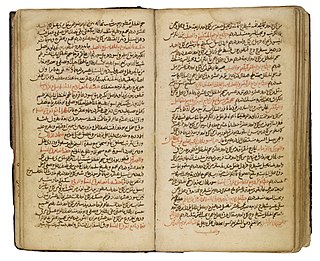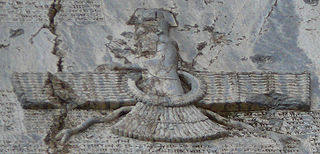The name Tabari or al-Tabari means simply "from Tabaristan", an Iranian province corresponding to parts of modern Iranian province of Mazandaran.
Abu al-Hasan Ali ibn Sahl Rabban al-Tabari, was a Persian Muslim scholar, physician and psychologist, who produced one of the first encyclopedia of medicine titled Firdous al-Hikmah. Ali ibn Sahl spoke Syriac and Greek, the two sources of the medical tradition of Antiquity which had been lost by medieval Europe, and transcribed in meticulous calligraphy. His famous student Muhammad ibn Zakariya al-Razi has darkened his fame. He wrote the first encyclopedic work on medicine. He lived for over 70 years and interacted with important figures of the time, such as Muslim caliphs, governors, and eminent scholars. Because of his family's religious history, as well as his religious work, al-Tabarī was one of the most controversial scholars. He first discovered that the pulmonary tuberculosis was contagious.

Abu Sahl 'Isa ibn Yahya al-Masihi al-Jurjani was a Christian Persian physician, from Gorgan, east of the Caspian Sea, in Iran.

Zayn al-Din Sayyed Isma‘il ibn Husayn Gorgani, also spelled al-Jurjani, was a Persian 12th century royal Islamic physician from Gorgan, Iran. In addition to medical and pharmaceutical sciences, he was also an adept in theological, philosophic, and ethical sciences. Jurjani was a pupil of Ibn Abi Sadiq and Ahmad ibn Farrokh. He arrived at the court in the Persian province of Khwarazm in the year 1110 when he was already a septuagenarian. There he became a court physician to the governor of the province, Khwarazm-Shah Qutb al-Din Muhammad I, who ruled from 1097 to 1127. It was to him that he dedicated his most comprehensive and influential work, the Persian-language compendium Zakhirah-i Khvarazm'Shahi.
ʽImad al-Din Maẖmud ibn Masʽud Shirazi was a mid-16th-century Persian physician from Shiraz, Iran.

Although Herodotus and Xenophon referred to the entire region as Susiana, the name Khuzestan is what has been referred to the southwesternmost province of Persia (Iran) from antiquity.

Qotb al-Din Mahmoud b. Zia al-Din Mas'ud b. Mosleh Shirazi (1236–1311) was a 13th-century Persian polymath and poet who made contributions to astronomy, mathematics, medicine, physics, music theory, philosophy and Sufism.
Mahmud ibn Ilyas Shirazi was an authoritative Persian physician who lived before the 18th century and was from Shiraz.

The practice and study of medicine in Persia has a long and prolific history. The Iranian academic centers like Gundeshapur University were a breeding ground for the union among great scientists from different civilizations. These centers successfully followed their predecessors’ theories and greatly extended their scientific research through history. Persians were the first establishers of modern hospital system.

The Maʾmunids were an independent dynasty of Iranian rulers in Khwarazm. Their reign was short-lived (995–1017), and they were in turn replaced by the expansionist Ghaznavids.
Al-Jurjani or simply Jurjani may refer to any of several historical Persian scholars:
Imad al-Din or Imad ad-Din, also Imad ud-din, is a male Muslim given name meaning "pillar of the religion, faith", composed from the nouns ‘imad, meaning pillar, and al-Din, of the faith.
Zayn ad-Din is an Arabic name meaning "grace of the religion" and may refer to:
Ghiyath ad-Dunya wa ad-Din ibn Muhammad, better known by his regnal name of Suleiman-Shah, was sultan of the Seljuq Empire from 1159 to 1160.